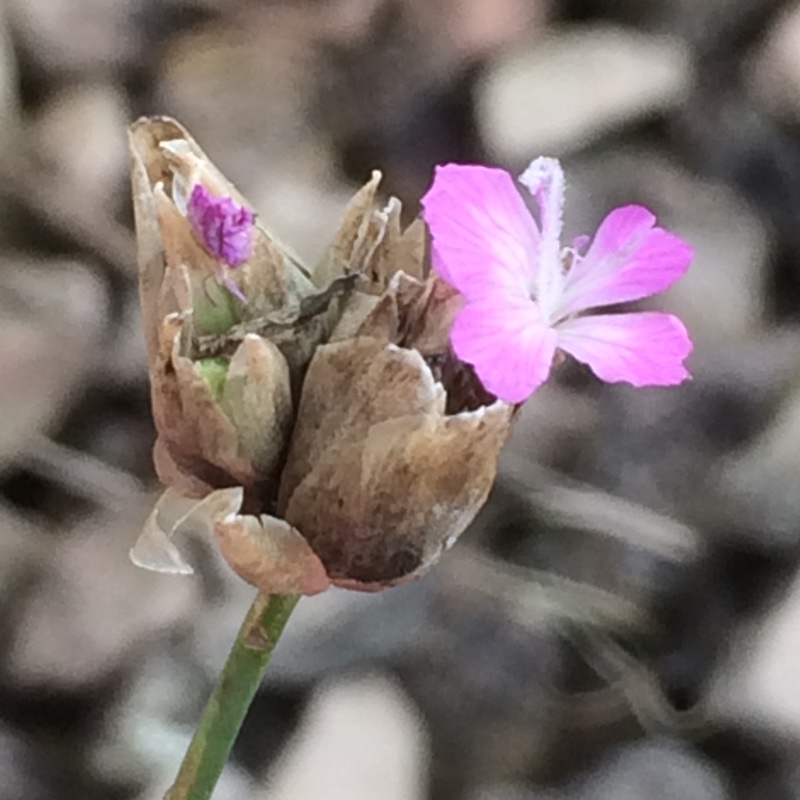
Petrorhagia prolifera syn. Dianthus prolifer
Proliferous Pink
Proliferous Pink or Chiding Pink is an autumn-germinating annual which naturalises on freely-draining substrates. In Norfolk, it has most recently been recorded from the open edge of sandy grass-heath and surrounding sandy lowlands.
Contributed by @tiggrx
-
Full sun
-
Very little water
-
Frost Hardy: 23F (-5°C)
-
Light and free draining
Common name
Proliferous Pink
Latin name
Petrorhagia prolifera syn. Dianthus prolifer
type
Annual
family
Caryophyllaceae
ph
6.0 - 7.0 Acid - Neutral
Plant & bloom calendar
-
Best time to plant
full grown dimensions
 0.35 M
0.60 M
0.35 M
0.60 M
Petrorhagia prolifera syn. Dianthus prolifer
Proliferous Pink or Chiding Pink is an autumn-germinating annual which naturalises on freely-draining substrates. In Norfolk, it has most recently been recorded from the open edge of sandy grass-heath and surrounding sandy lowlands.
Planting young plants
From Early Spring TO Early Spring
Plant out pot grown plants into flowering position make sure there is plenty of air circulating around them. They prefer a sunny site and should be planted in a sandy, well drained soil.








